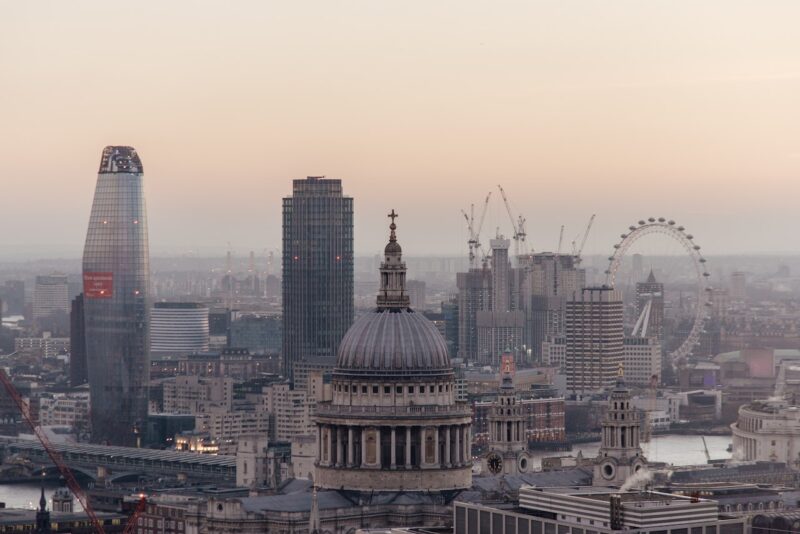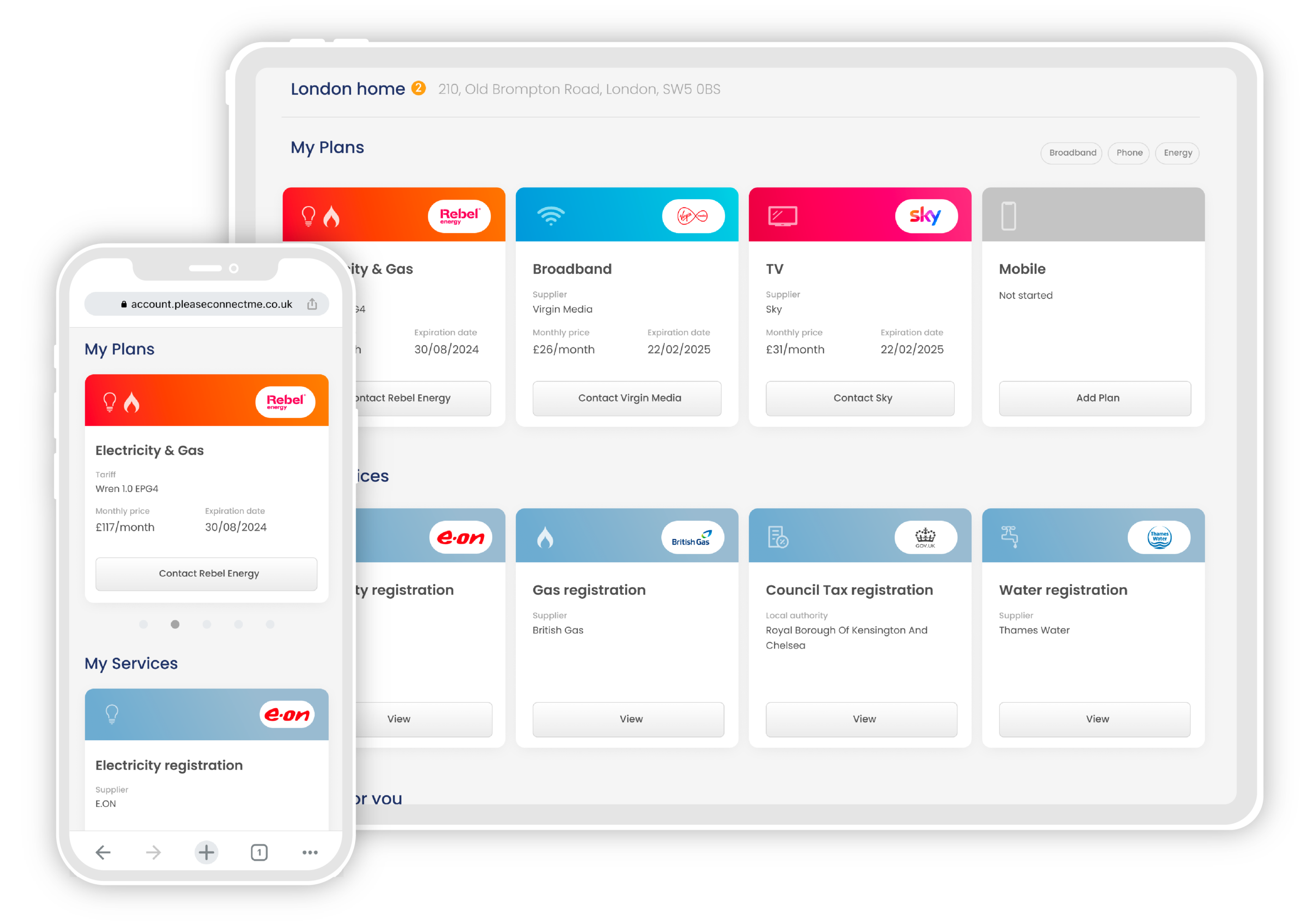So it’s settled – you’re moving to London. Your new place is picked out, your stuff is packed and now you’re just trying to decide what to do first.
London is an incredible city, and getting started on the right foot will help you get the most out of living here. These are our top eight things to do before you arrive in London and in your first week to help you get settled and start your next chapter.
1. Get to know your borough
One of the first things you can do to prepare for your move to London is to get to know more about your borough.
London is divided into 32 smaller local areas called boroughs, as well as the confusingly named City of London, which is not technically a borough.
Which borough you live in determines your local authority. Also called your Council, this is the local government that you pay tax to. They manage local services like roads, rubbish collection, libraries and parks.
Local Councils also run all sorts of recreation and arts programs, and you can often get discounted gym memberships, classes or tickets as a local resident.
The best way to learn more about your new borough is through their website. You can find a directory with the website and contact details for every London borough here.
Not sure which borough you’re moving to? Use the handy London Council Tax checker to find your new local authority.
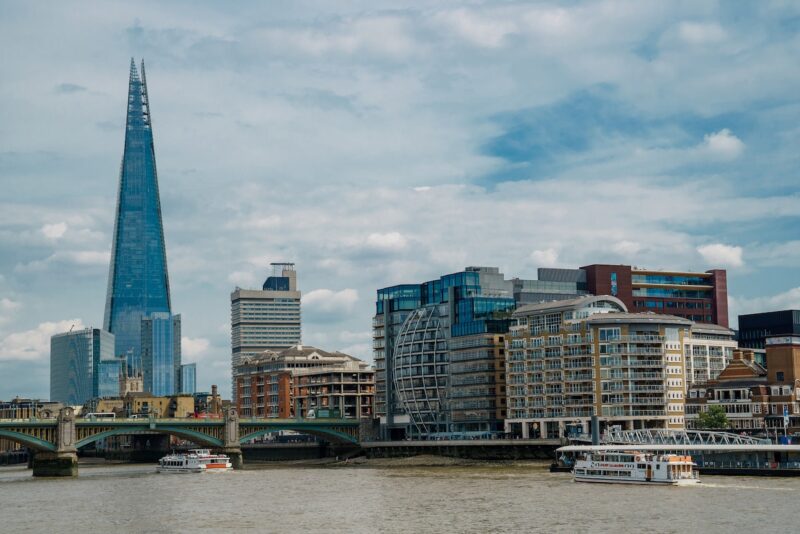
London’s tallest building, the Shard, is in Southwark borough.
2. Set up your utilities
Another thing to cross off your list before the move itself is arranging utilities at your new home.
At a minimum, you’ll need to find and register with your new local council, energy supplier(s), water supplier and broadband provider. You might also want to set up a home or contents insurance policy or cable TV, and if you’re moving to the UK for the first time it will help to have a UK mobile number and bank account ready to use.
If that sounds like a lot to handle – utility registration takes the average UK mover 7 hours to complete – then why not book a free call with Please Connect Me? Our team of Connections Experts will handle as much or as little of your set-up as you’d like for free and can save you money with exclusive partner offers. Learn more and sign up today!
3. Under 30 and moving to London? Get a Railcard
Even if you don’t plan to travel outside of the city any time soon, if you qualify for one of National Rail’s discounted Railcards you should get one when you move to London.
The reason is something that even many born-and-bred Londoners don’t know – you can use a Railcard on the London Underground (better known as the tube) for a 30% discount on EVERY journey.
So, how does it work? First, only qualifying railcards can be used on the tube. These are the 16-25, 26-30, Disabled Persons, Veterans or HM Forces cards. To check if you qualify and to buy a railcard visit the railcard website.
Once you’ve bought your Railcard, bring it and your Oyster card to a central London Underground station. The staff there will add the discount to your Oyster card and you can start saving 30% on your journeys right away.
Railcards cost £20 or £30 a year depending on the type you buy, and you can sometimes find discount codes online. With a single peak-time tube journey in the same zone now costing £2.80, even if you only ride the tube a few times a week the card quickly pays for itself.
What’s an Oyster Card?
An Oyster card is a contactless payment card you can load with credit and use on public transport. They used to be used by almost everyone, but now transport accepts payment by contactless debit and credit card as well as mobile payments they’re less common.
If you’re moving to London and want to get a Railcard discount, you’ll need an Oyster card. If you don’t have one already, you can get one from an Oyster card machine in an underground station.
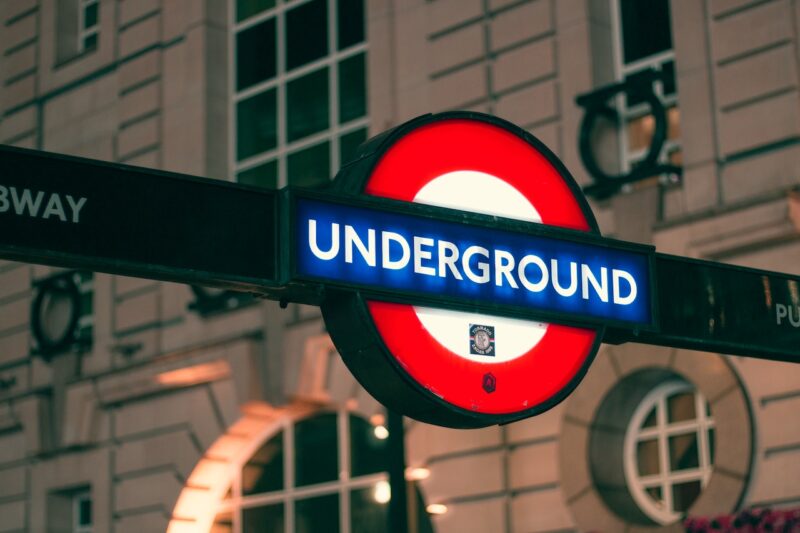
A Railcard will save you 30% on train and underground fare
4. Work out where you’ll park your car
While London’s public transport is famous there are more than 2.5 million car owners in the capital.
If you’re one of them, you’ll need to work out where you’ll be parking, and it might not be as obvious as you think.
Many local authorities operate resident-only parking passes, so might need to be registered with the Council before you park outside your house. Check step two for what this process involves and how you can make it easier.
If there’s no parking available close to your new house, then check a peer-to-peer parking service like JustPark. This lets you rent a space from someone locally as and when you need it.
On the flip side, if you’re moving into a home with a private parking space or driveway that you’re not using you could earn up to £4000 a year renting it out.
5. See the sights
I know – you’re moving to London, not coming here on holiday. Still, there’s no excuse not to visit London’s major landmarks when you first arrive as almost all of them are close together in Central London and easy to find.
Embrace your inner sightseer and get to know your new home while you get your bearings.
While there are plenty of bus and boat tours that will happily take you to all the big attractions, it’s also easy to plan your own route and save some cash. A walk along the South Bank from London Bridge to Westminster Bridge will give you amazing views of the iconic Tower Bridge, Shakespeare’s Globe Theatre, the Tate Modern, the London Eye, Big Ben and the Houses of Parliament.
If you’d prefer to ride than walk, Transport for London has a list of recommended bus routes for seeing some of London’s most iconic buildings, landmarks and parks. You can find the list here, and every route costs just £1.75 for an adult rider. Make sure to get a spot on the top deck of one of London’s famous red buses for the best view!
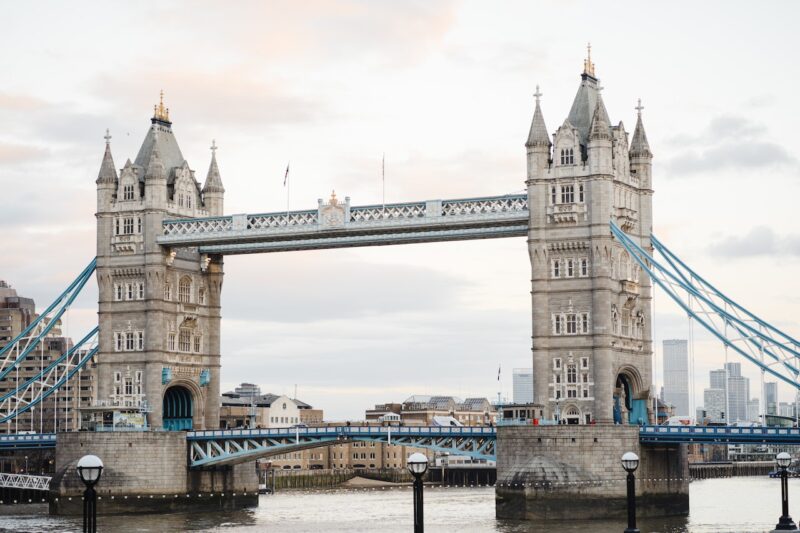
London’s most iconic bridge is actually Tower Bridge, not London Bridge.
6. Visit your local park
London is the greenest city in Europe, with more than 3,000 parks and green spaces for you to explore.
One of the first things to do when you arrive is to make a beeline to your local park for a breath of fresh air and – if you’re lucky – some sunshine.
Your local Council, see step one again, will have a list of local parks on their website to check out. Alternatively, you can use your favourite maps app to look for nearby green areas and have an explore.
Small local parks often have cafes, lakes and ponds, playgrounds and sports facilities like tennis and basketball courts that are available for you to use. London’s larger parks boast historic buildings, acres of woodland, formal gardens, boating lakes and more.
In Regent’s Park, you can even get a peek at the giraffes at next door London Zoo!
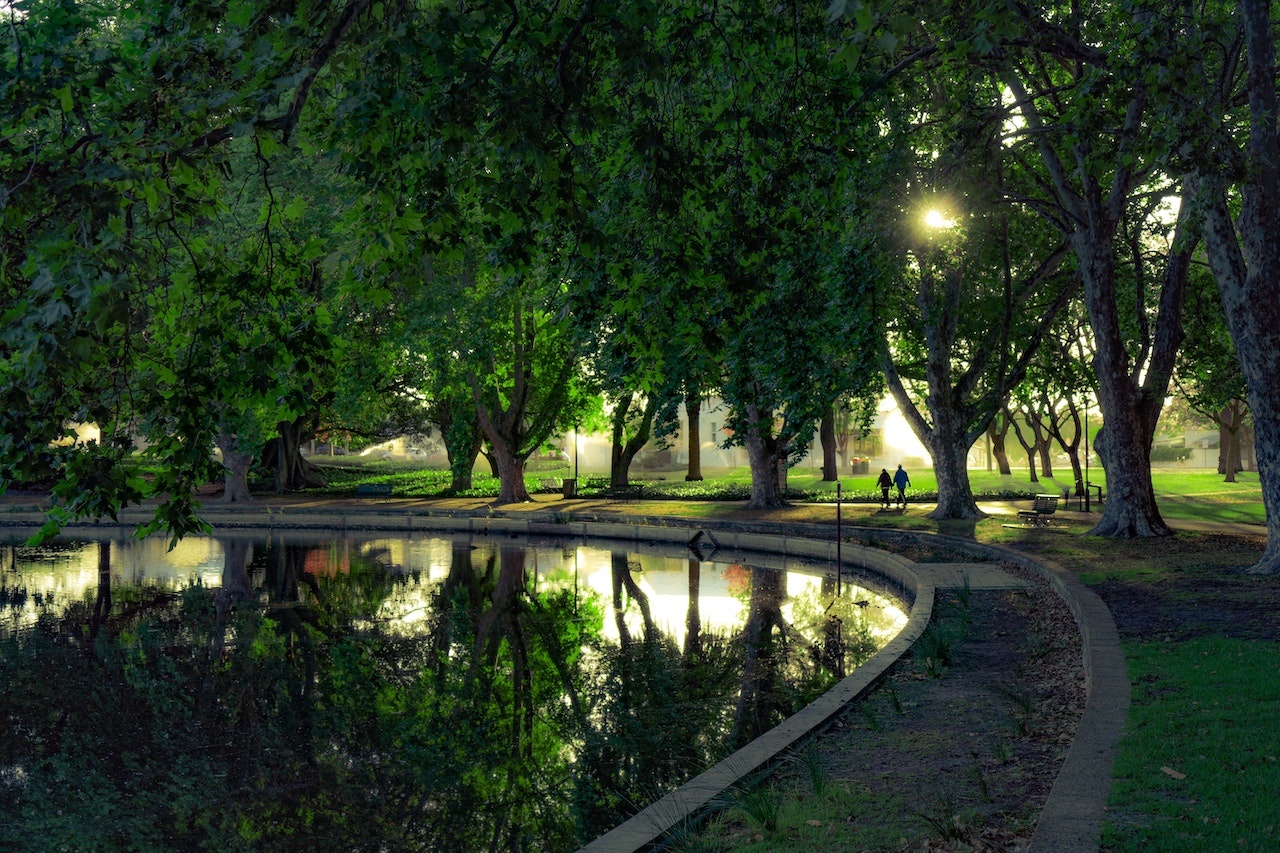
Take a relaxing stroll through Hyde Park
7. Check out a museum
Make some time in your first week in the city to take a little culture break – you won’t regret it!
London is home to some of the world’s largest and most famous museums and galleries, and most of the biggest are free to visit, although they do encourage donations.
If you’re not sure where to start, try the Natural History Museum, the Science Museum, the National Gallery or the Tate Modern. They’re all world-famous, full of breathtaking exhibits and artwork and free to enter.
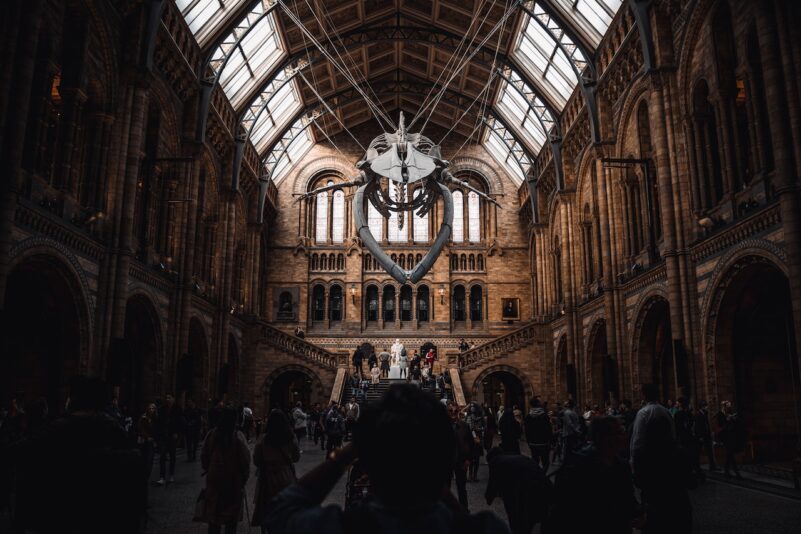
The Natural History Museum’s Blue Whale skeleton is one of their most famous exhibits.
8. Take the Tube
Many visitors find the twisting tunnels of the London Underground – more often called the tube – overwhelming. If you’re moving to London, however, you’re going to need to learn to navigate it like a pro.
The good news is that using the tube is much simpler than it seems, with colour-coded platform signs and live departure boards making it easier to find the right line and get on the right platform.
Your best bet is to bite the bullet and get underground. Try choosing a short journey without changes for your first trip, and watch out for branch lines like the Northern Line where trains from the same platform go to different destinations.
If you ever do get lost, look for a member of TFL staff in a blue jacket and an orange Transport for London high-visibility vest who’ll be happy to help you out.
Download a copy of our moving checklist- it’s free!
Read more about moving to the UK:


